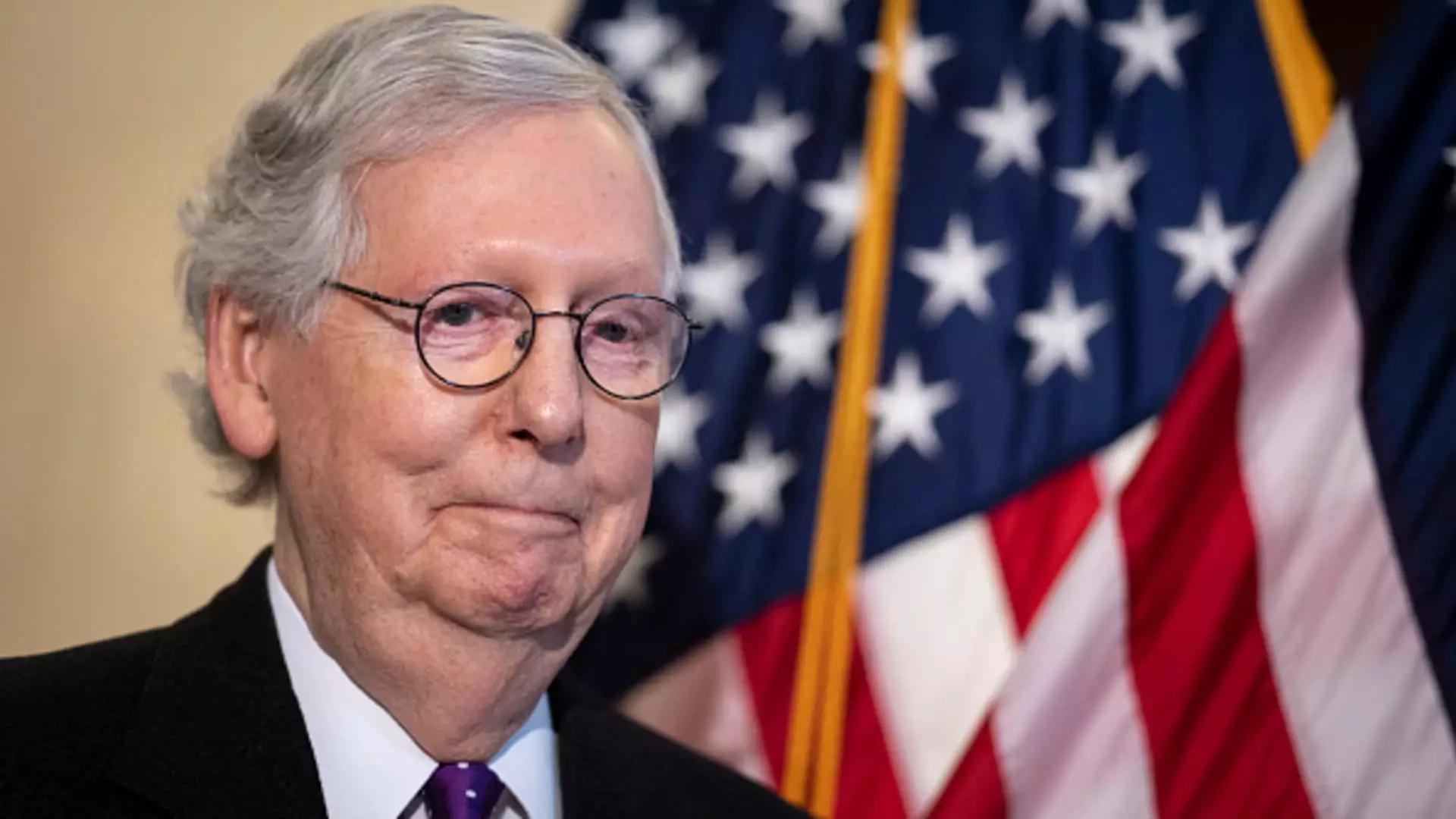As the political landscape evolves, the Republican Party is poised to reclaim majority control of the U.S. Senate in 2025, as indicated by recent forecasts from NBC News. The Democrats, entering the latest electoral cycle with a modest 47 seats coupled with backing from four independents, appeared to hold a tenuous grip on power. However, the electoral calculus heavily favored Republicans this time around, positioning them to secure at least 51 Senate seats by January when the new Congress convenes.
The imbalance in seat defenses played a crucial role in the Republicans’ advantage. With only 11 seats to defend compared to the 23 seats at risk for Democrats, Republicans faced less pressure in maintaining their positions. This disparity in the electoral battleground allowed the GOP to focus its resources strategically, leading to estimated victories in critical states. The anticipated win in states like Ohio and West Virginia underscored the shifting allegiances among voters, highlighting a potential flop in previously staunch Democratic regions.
High-profile races have marked significant turning points for the GOP. In Ohio, Republican Bernie Moreno’s projected victory over incumbent Democratic Senator Sherrod Brown stands as a testament to the changing political tides. Moreno’s candidacy capitalized on local economic concerns and public sentiment, signaling a shift in voter priorities. In West Virginia, the triumph of Governor Jim Justice in the race to succeed retiring Senator Joe Manchin further demonstrated the party’s momentum. Manchin’s departure from the Democratic Party in May created an opening for the Republicans, who were quick to exploit this shift.
In an election cycle marked by intense competition, financial investments reached exorbitant levels, with over $1 billion expected to be spent nationwide to secure just three critical Senate seats in states like Montana, Ohio, and Pennsylvania. The tremendous financial commitment indicates the high stakes involved for both parties, underscoring the significance of these elections in shaping the future legislative agenda. With increased advertisement spending and ground efforts, both parties painted contrasting visions for the electorate, making the outcome of these races all the more pivotal.
Looking toward 2025, the potential Republican majority may significantly alter the Senate’s legislative dynamics. With a solidified foothold, Republicans could push forward their agenda, impacting a variety of issues from fiscal policy to social reforms. Should the anticipated gains materialize, it may mark a profound shift in the balance of power in Washington for the upcoming years, reinforcing the importance of strategic electoral engagement and voter mobilization in shaping governance.
The evolving narrative surrounding the upcoming Senate elections encapsulates a critical moment for U.S. politics, highlighting the nuanced interplay of electoral strategies, regional dynamics, and voter sentiment. With looming changes, future elections will likely be surrounded by intense scrutiny and speculation as the nation’s political direction becomes increasingly defined.


Leave a Reply